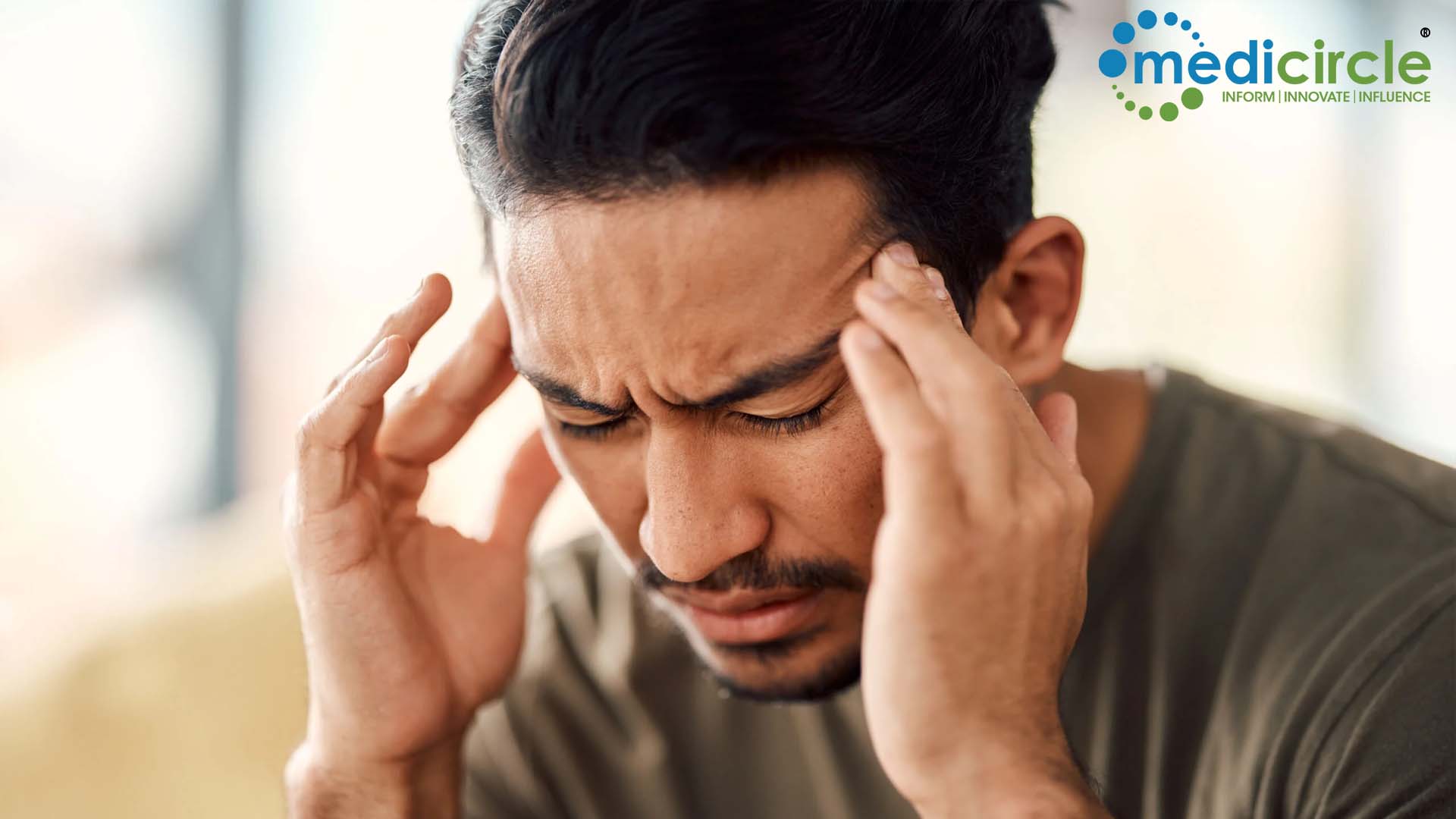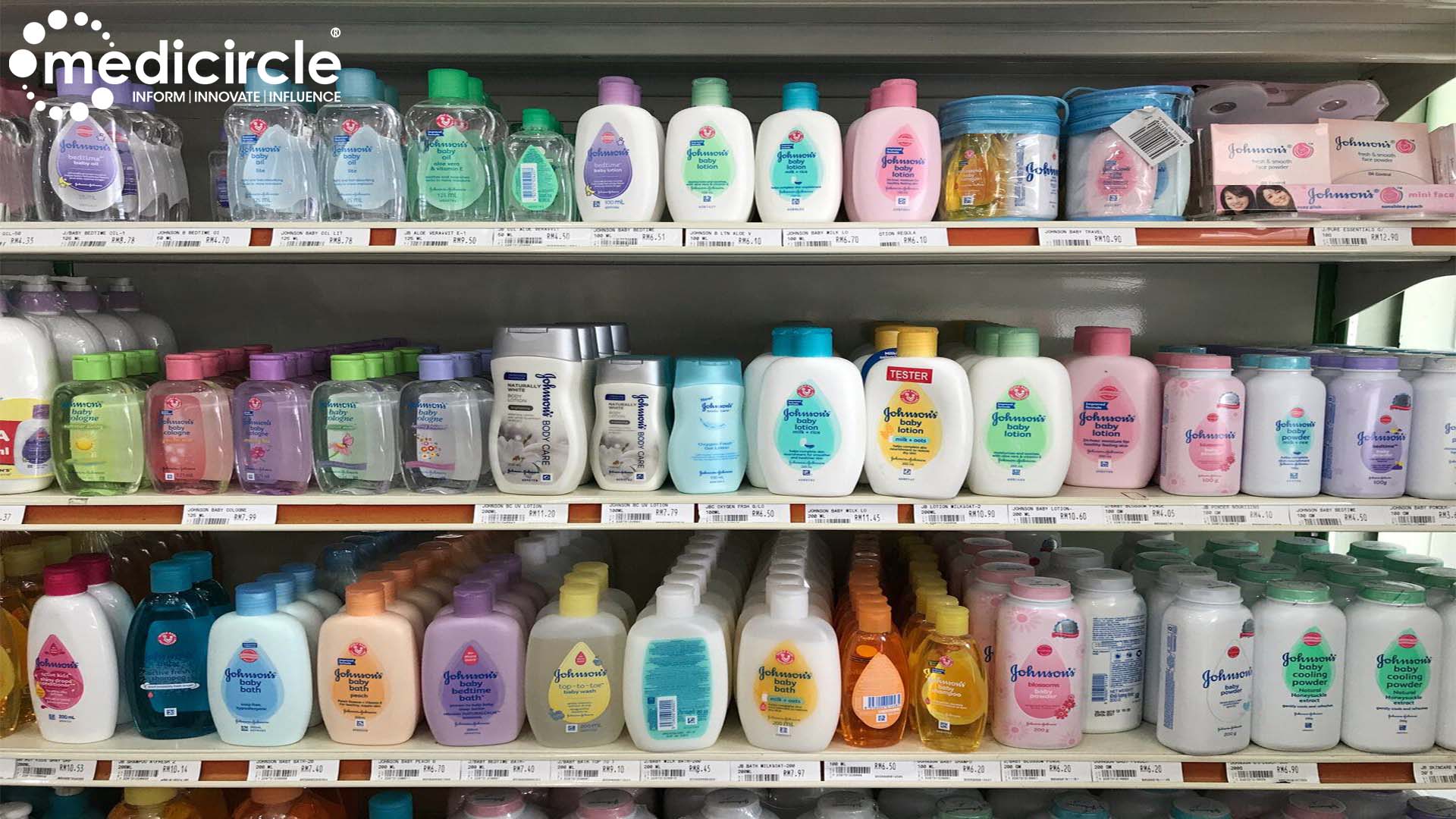According to the National Center for Biotechnology Center “In 2000, India (31.7 million) topped the world with the highest number of people with diabetes. The prevalence of diabetes is predicted to double globally from 171 million in 2000 to 366 million in 2030 with a maximum increase in India. It is predicted that by 2030 diabetes mellitus may afflict up to 79.4 million individuals in India. The estimates in 2019 showed that 77 million individuals had diabetes in India, which is expected to rise to over 134 million by 2045.”
Dr. Nasimur Riaz is a renowned Diabetologist in Guwahati and currently practicing in Hayat Hospital, Guwahati. For the past 9 years, he has worked as a Diabetologist. He is a well-known member of the Research Society for the study of diabetes in India, Indian Medical Association and North Eastern Diabetic Society.
What is the normal blood sugar level?
The random blood sugar level is less than 200 for a non-diabetic patient. If the random blood sugar level is more than 200, then the patient is diabetic. The fasting blood sugar level is less than 110 for a non-diabetic patient. If the fasting blood sugar level is more than 126 then the patient is diabetic. Postprandial blood sugar levels should be less than 140 for a non-diabetic patient. If the postprandial blood sugar level is more than 200 then the patient is diabetic.
Signs and symptoms of High blood sugar level
57% of the population having diabetes are undiagnosed. It only means that more than half of the population isn't aware of the signs and symptoms. Frequent urination, weakness, and feeling thirsty often are the signs and symptoms of high blood sugar levels.
How safe is honey or jaggery as sugar substitutes for diabetes?
Any form of simple sugar is not advisable for eating. In complex carbohydrates, simple carbohydrates are not safe for diabetic patients.
Which type of diabetes among type 1 and type 2 is more harmful?
Both forms of diabetes are very distinct from one another. Type 1 diabetes occurs only in children specifically and holds a count of only 2-3%. The rest of the diabetes patients have Type 2 diabetes.
How safe is sugar-free for diabetic patients?
Sugar-free should be taken in limited quantities and not after every meal. It is advisable for consuming it 2-3 times a day in limited quantities.
Advice for patients who suffer from diabetes
It will be better for the patient to accept diabetes as his/her part of life and not a burden. Leading a normal yet healthy lifestyle is advisable. Eat as per the calories required by the body. The more often an individual checks his/her diabetes level it will be better in the long run.
(Edited by Elvis Almeida)
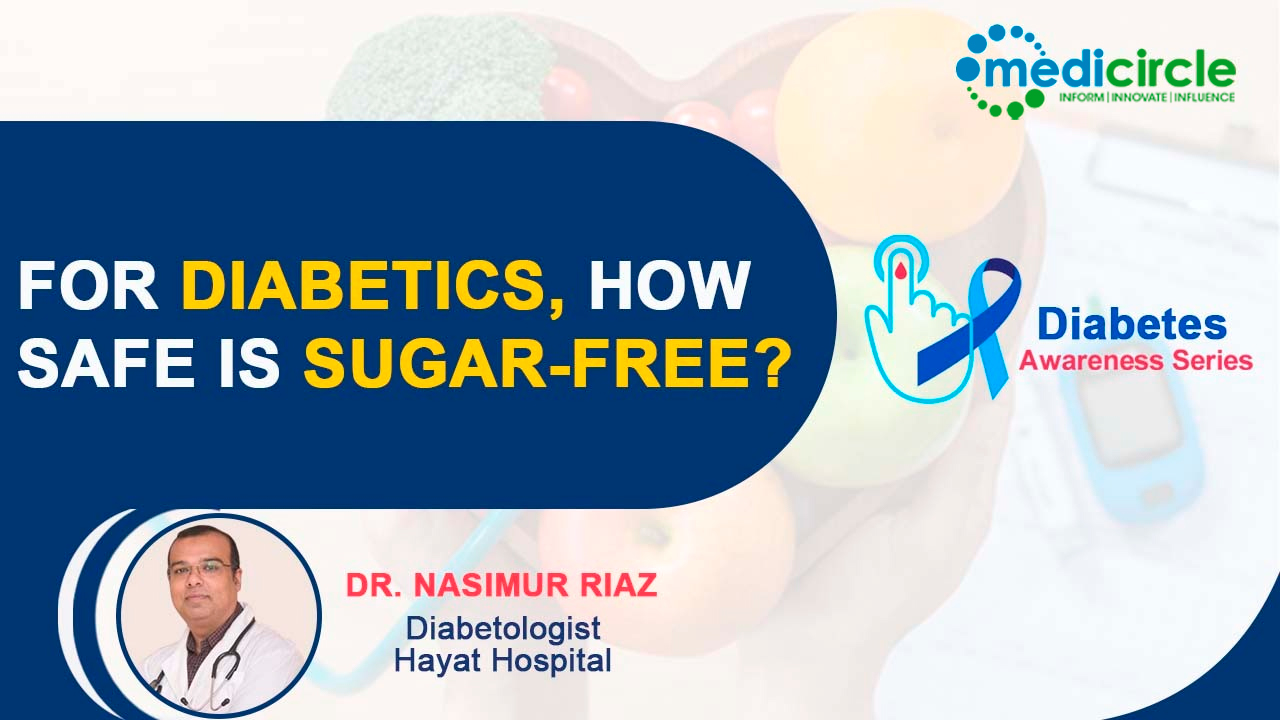
 A blood glucose test detects diabetes by measuring the amount of glucose (sugar) in a person's blood. In today's world, knowing the optimal level of blood sugar levels is critical, and Dr. Nasimur makes it simple for everyone by providing tips and methods for dealing with diabetes.
A blood glucose test detects diabetes by measuring the amount of glucose (sugar) in a person's blood. In today's world, knowing the optimal level of blood sugar levels is critical, and Dr. Nasimur makes it simple for everyone by providing tips and methods for dealing with diabetes.












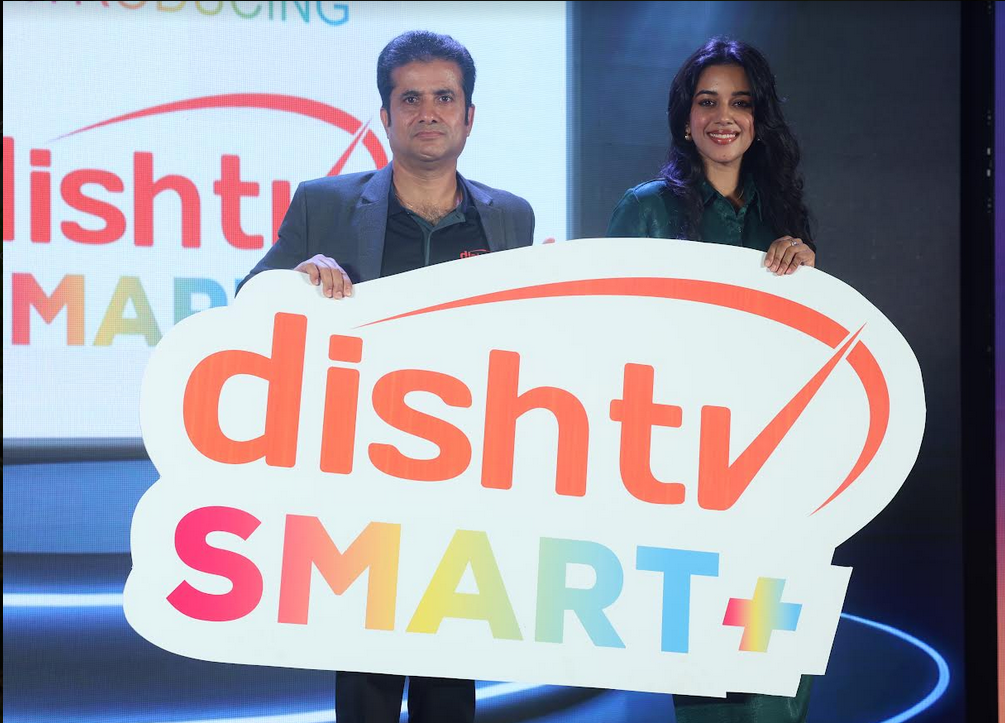

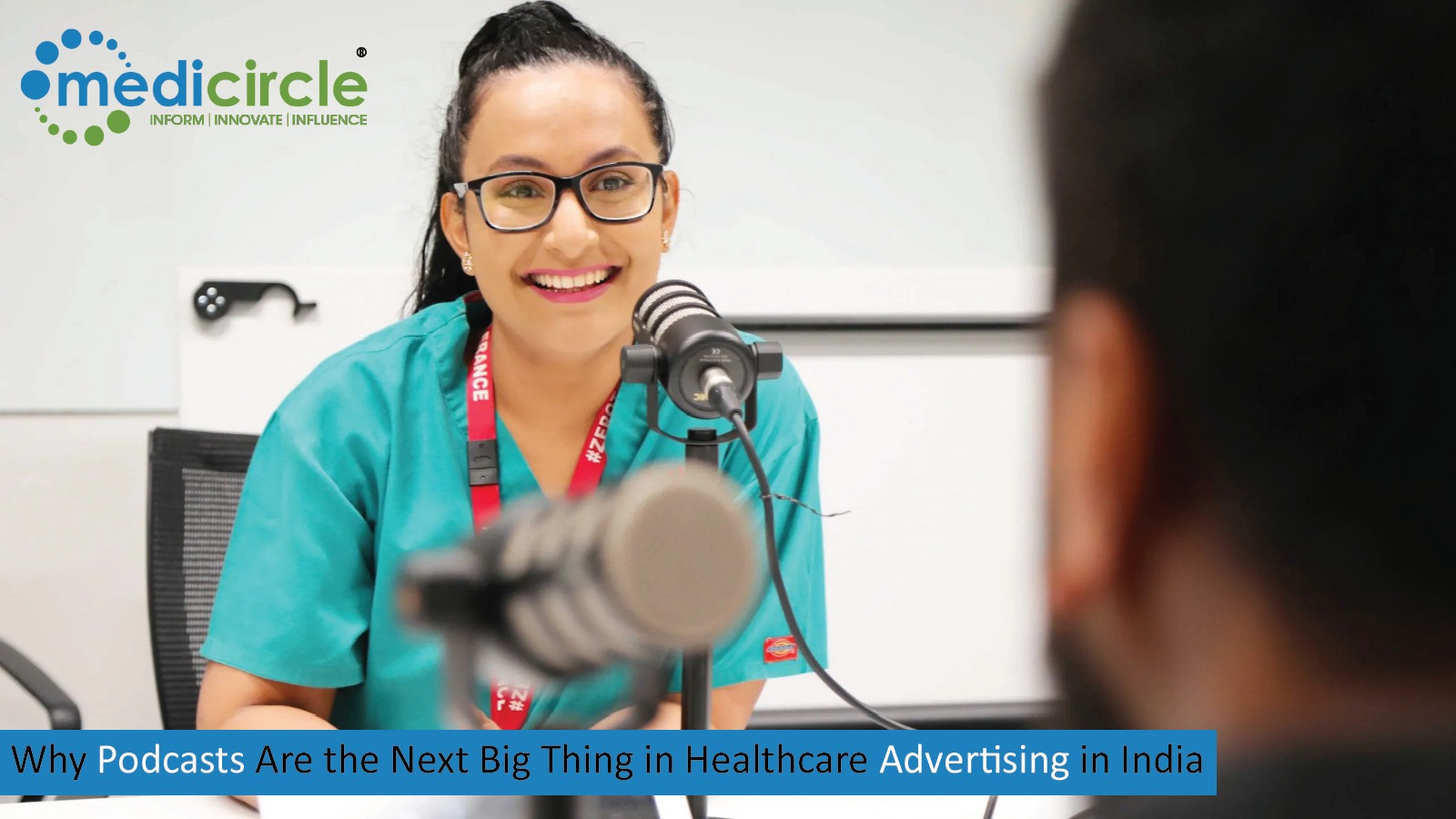
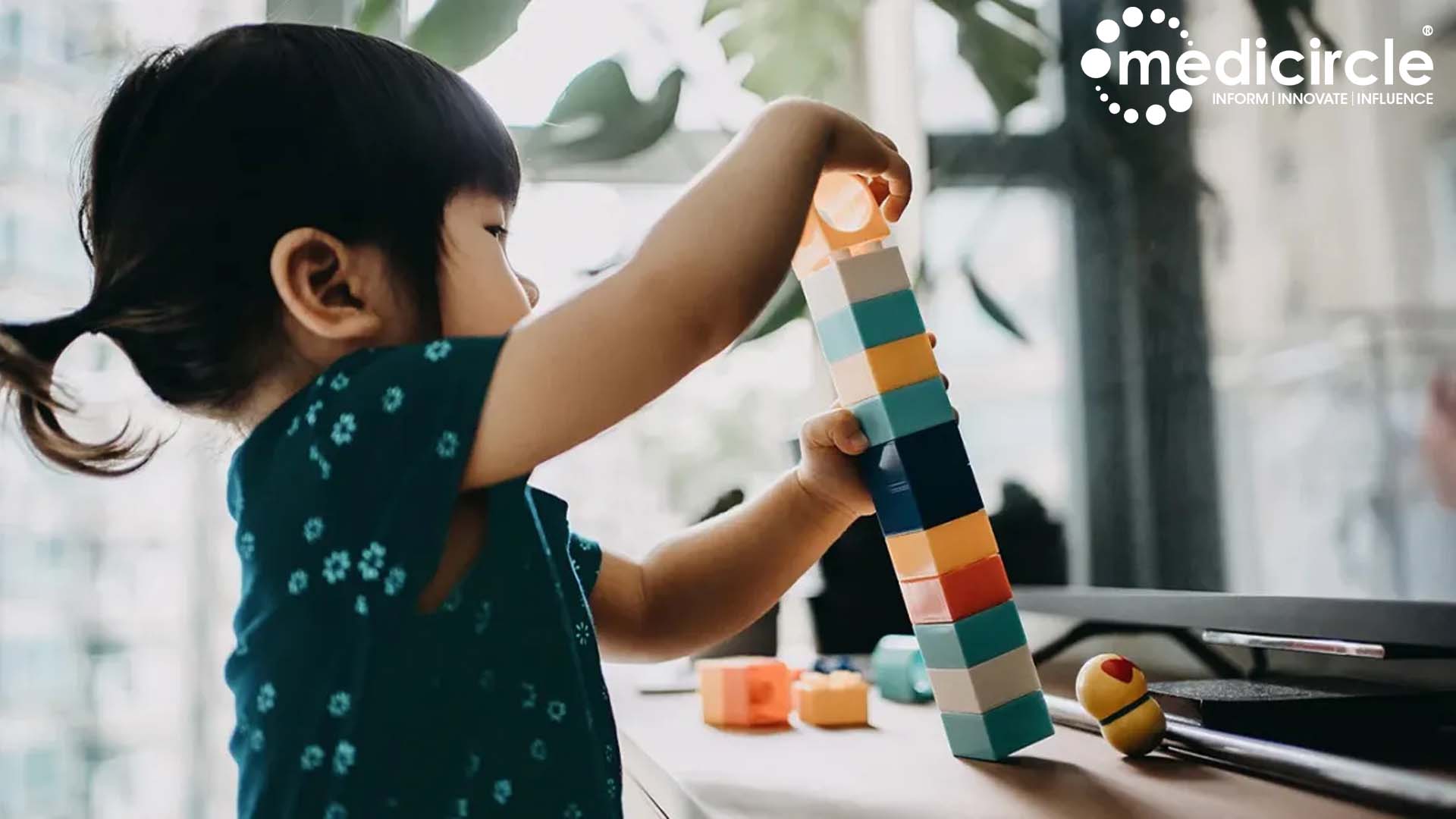
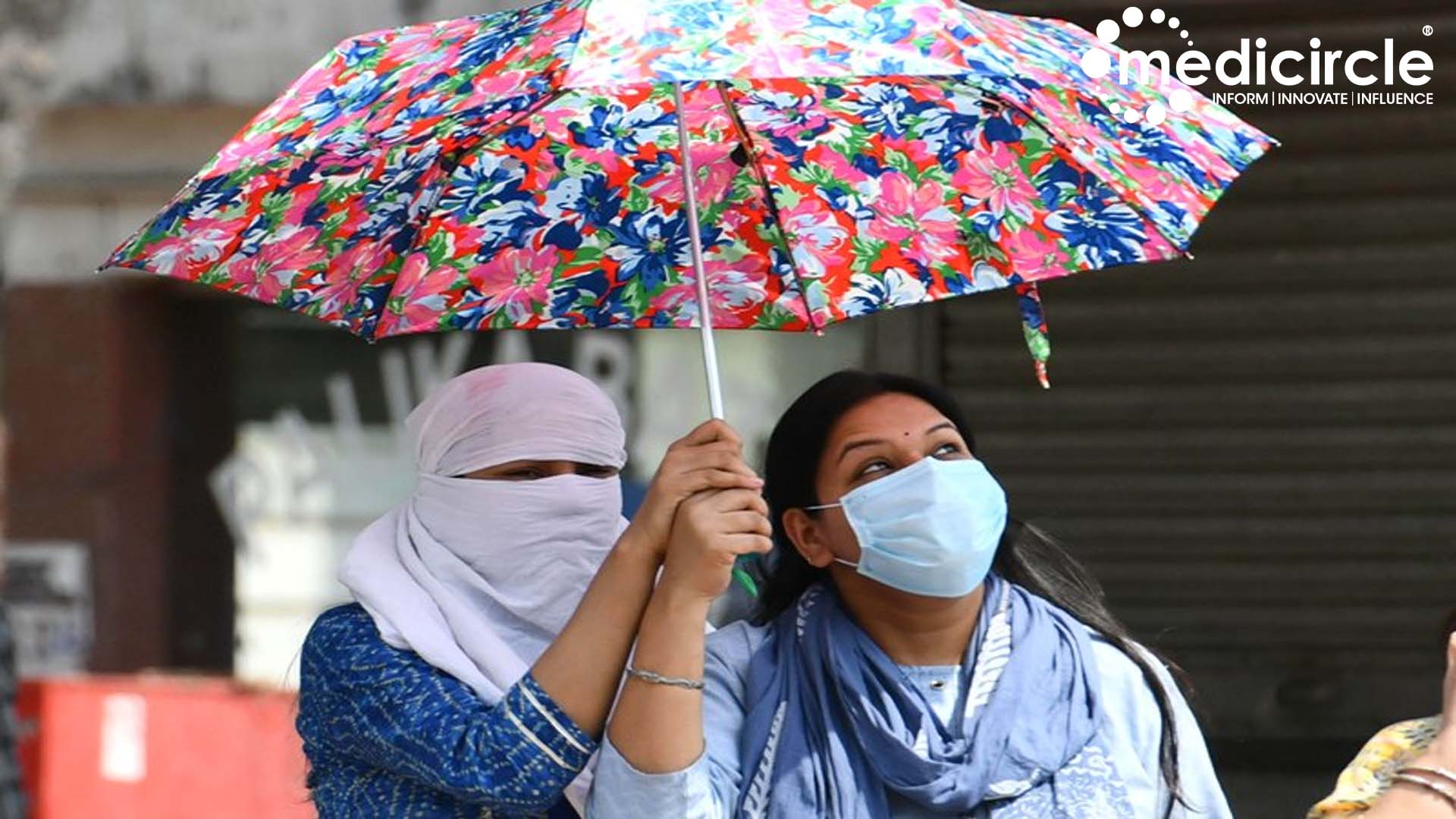
.jpg)

